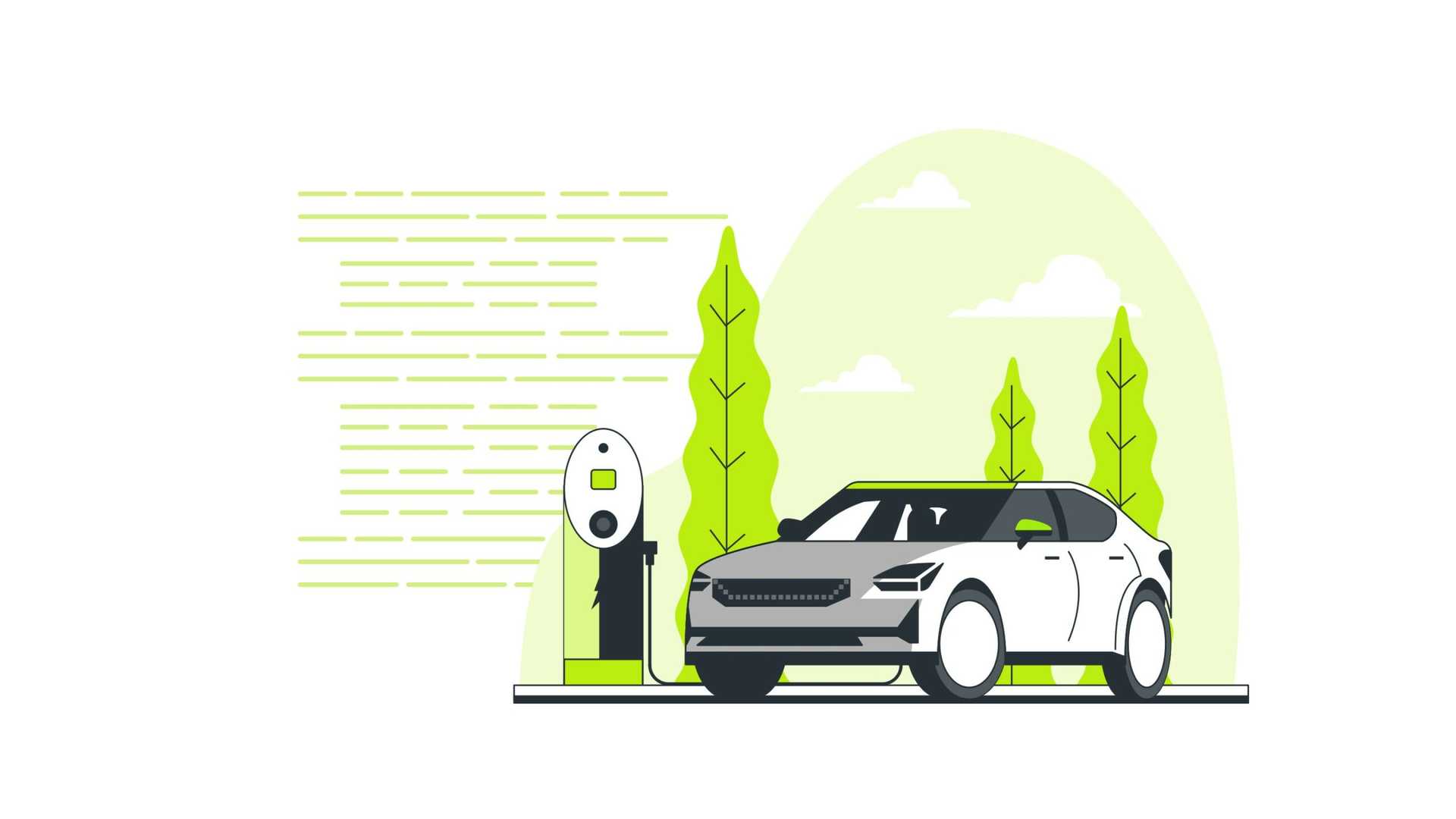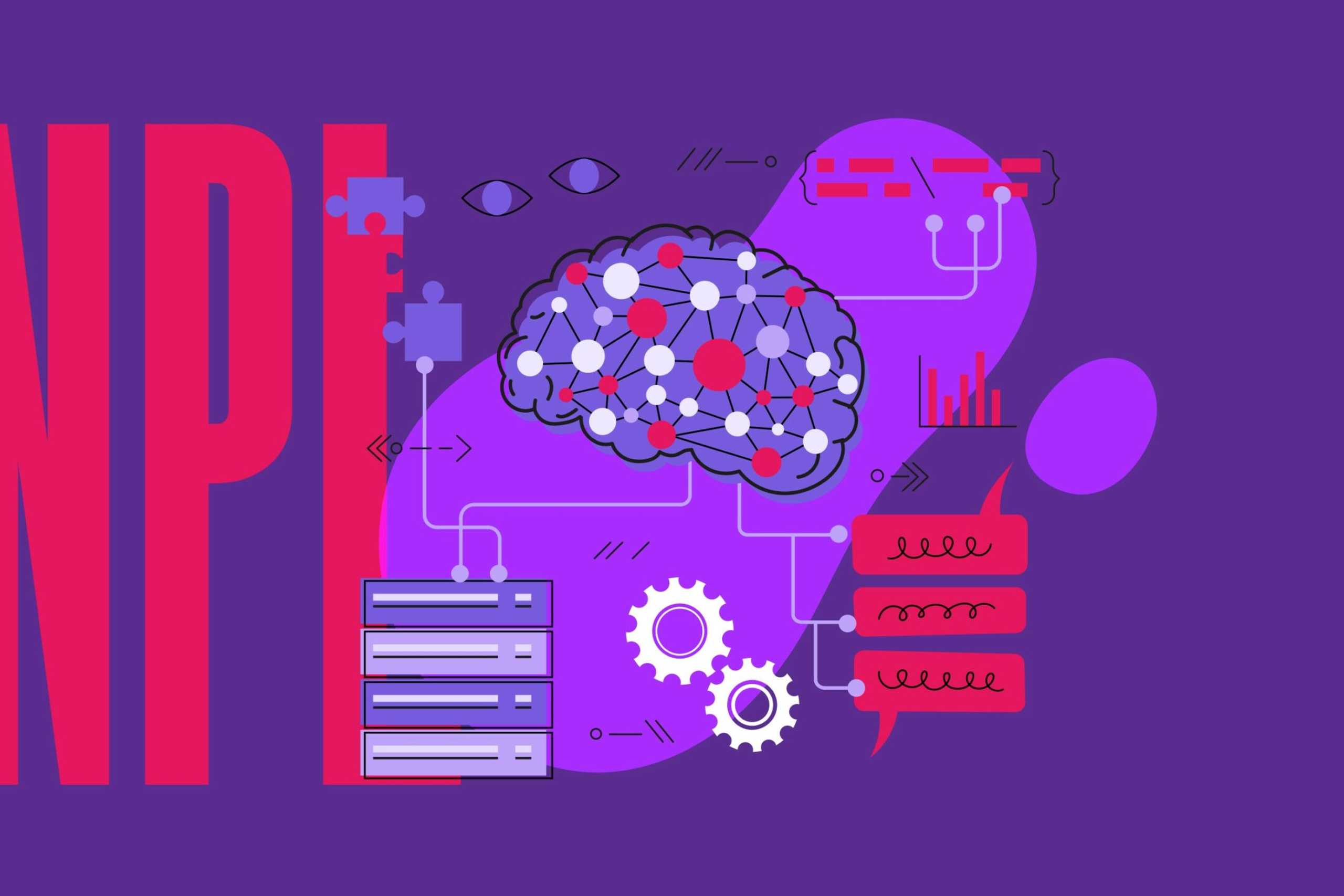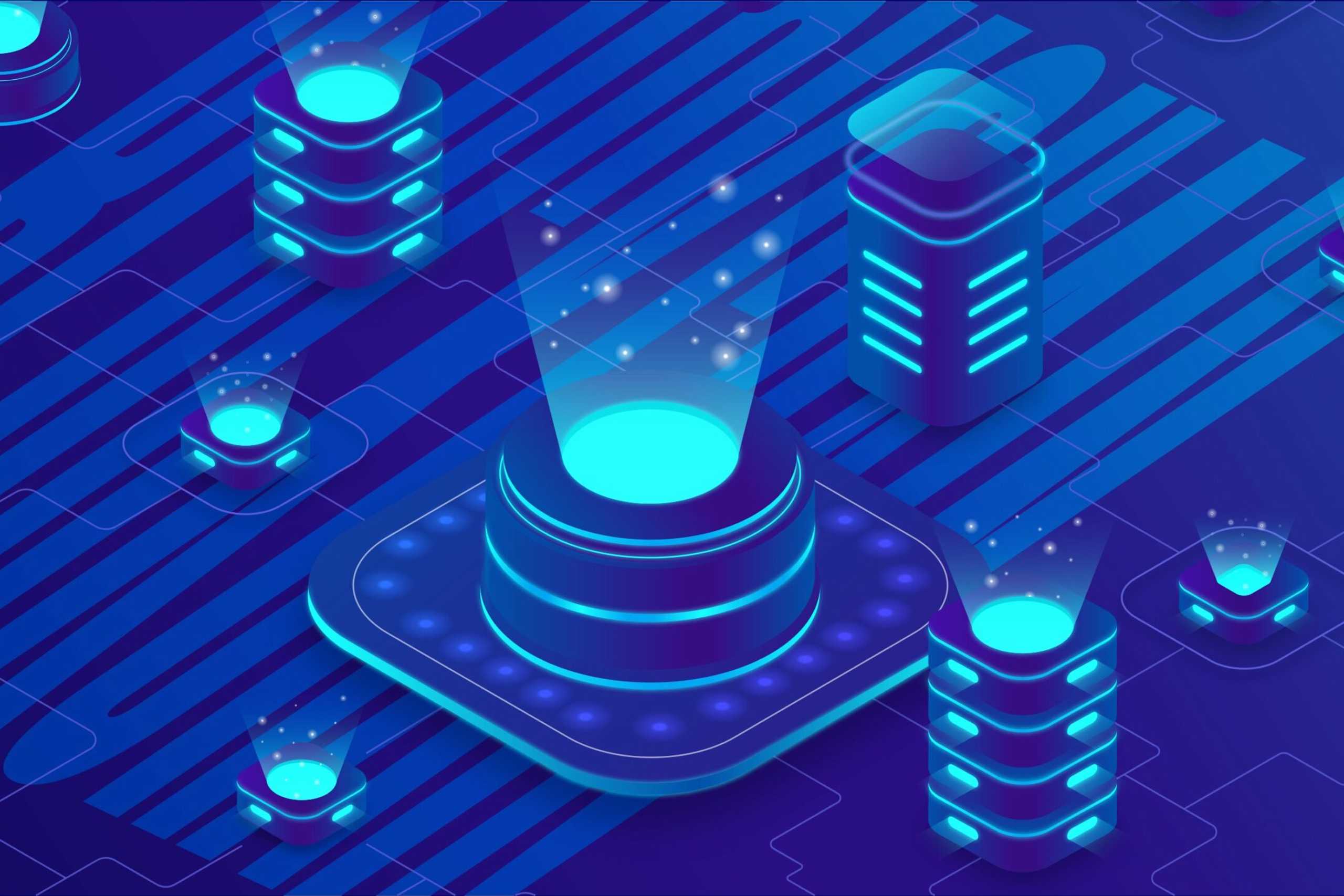
January 23, 2024
There’s no denying that the 21st century is the digital age, with most of our daily interactions involving some form of mobile tech, internet connectivity, or wireless exchange. With such an increased emphasis on accessibility, flexibility, and sustainability, it should come as no surprise that many vehicle manufacturers are investing a great deal of labor and funds into the electric vehicle (EV) sector. Since car transportation is often both vital and unavoidable, it only makes sense that our vehicles will rely on innovative software developments.
Here we will explore the Fourth Industrial Revolution as it relates to the growing EV industry, examining how software developers are ushering us into a user-friendly, eco-conscious, data-mining vehicular renaissance.
Industry 4.0: The Influence of Smart Manufacturing on the EV Industry
Industrial labor, practices, and developments are driven by progressions in energy sources. We advanced from using steam power for manufacturing amelioration to a dependency on computer-based technology in a matter of two centuries, a shift that fundamentally altered the way we produce common goods. As we pivot from the hardware-centric Third Industrial Revolution to the more software-forward Industry 4.0 landscape, it is important to acknowledge how developers are motivating change through smart manufacturing in the car industry.
One of the primary ways developers have changed manufacturing is through Industrial Internet of Things (IIoT) devices. IIoT products use sensors and internet connectivity to store, transfer, and analyze data shared between multiple devices, employing predictive AI to optimize operations and alleviate congestion or labor pain points throughout multiple areas of the supply chain.
By employing smart tech in manufacturing facilities, productivity is positively affected. Developers are continuing to experiment with Augmented Reality (AR) IoT devices and applications to provide an immersive job training experience that is safe and optimizes labor. Current employees don’t have to spend time out of their busy schedule extensively training new employees, and on-the-job injuries can be prevented by allowing inexperienced trainees to practice operating machines virtually.
Beyond convenience, one of the best parts of smart manufacturing integration for EVs is the emphasis on environmental efficiency. Many people choose to invest in EVs to reduce their carbon footprint, contributing to a healthier future for generations to come. Industry 4.0’s focus on automation and data analytics allows EV manufacturers to continually reassess their energy consumption, helping identify when certain machinery should be replaced or which programs are draining unnecessary energy from facilities. Other key benefits of EV ownership include:
- Lower costs for new model vehicles;
- Extended fuel economy;
- Government tax incentives;
- Cheaper annual maintenance.
With so many reasons to switch to EVs, it makes sense why developers are investing time and resources into creating an amplified ownership experience that emphasizes the futuristic qualities of these vehicles.
How Developers Enhance the EV Ownership Experience
Developers are also playing a vital role in making EVs accessible for disabled drivers. Inclusivity in web and software design is a must, as over 16 percent of people around the world suffer from debilitating disabilities. Web developers, when designing the interface for EV devices like charging stations or digital dashboards, must incorporate things like large fonts and text-to-speech technology into the devices. Though owners of these charging stations should make an effort to create accessible spaces for those with mobility issues or other physical impairments, creating a user-accessible experience for all is something developers can have significant control over.
An IoT-integrated application that is perhaps one of the most helpful tools for drivers in particular is predictive maintenance in EVs. These applications help transport and process vital vehicle and car ownership data to other service devices or analytical sources. For example, EV charging stations, which connect to the vehicle to communicate important information to the stations, relay data like billing credentials or battery condition.
GPS technology is another aspect of the EV driving experience that requires frequent updates and innovation. Developers can produce mapping applications for EVs that outline routes specific to a driver’s battery charge level, allowing them to maximize their digital fuel. These routes can also be optimized to help a driver travel within proximity of charging stations for long journeys.
Software Safety Precaution Developments in Electric Vehicles
Driving an electric vehicle catapults you into the future in many ways, with one in particular being the implementation of autonomous driving systems. Often, drivers are wary about utilizing this tech to the fullest, creating a need for enhanced safety precautions through software development that incorporates autonomous capabilities without relinquishing the majority of a driver’s control. Advanced Driver Assistance Systems (ADAS) can use GPS and IoT devices and software to predict your vehicle’s distance from other vehicles with a lane departure warning and collision avoidance tech that pumps the brakes for you should an obstacle suddenly come your way.
Another incredible part of EV ownership is the chance to operate a vehicle that employs regenerative braking, which converts the kinetic energy produced by braking into electrical fuel for your vehicle’s battery. For vehicles like Teslas, regenerative braking also allows drivers to brake simply by lifting their foot off the acceleration pedal. However, in 2022, Tesla released a software development that allows your vehicle to use your regular brakes when regenerative braking cannot be consistently used for ideal deceleration. This creates a much safer driving opportunity and doesn’t limit regenerative braking options for the driver either.
Final Thoughts
Developers are the true backbone of the EV ecosystem. With that said, the EV industry needs keen developers who understand the need for inclusivity and creating a relationship of trust between the vehicle and the driver. EV manufacturers that choose to work with developers who are more interested in aesthetics and complex designs rather than well-tested, scaled tech that is both appealing and easy to use are poisonous to the industry. It is important to encourage production that seeks to create sustainable, ever-evolving electric transportation options that are attuned to the growing needs of the individual, rather than the ambitions of a single company or entity.
Contact us
Swan Buildings (1st floor)20 Swan StreetManchester, M4 5JW+441612400603community@developernation.net


